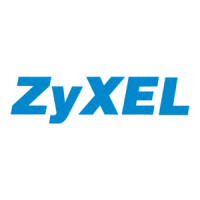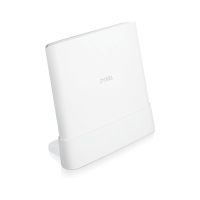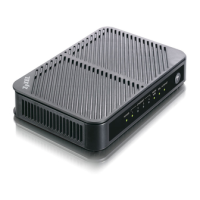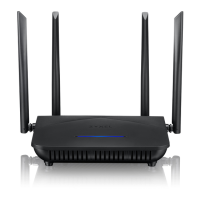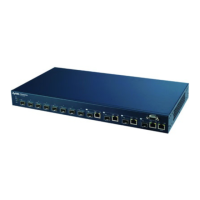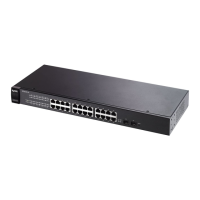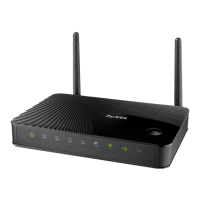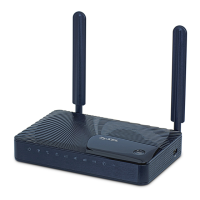Chapter 12 Quality of Service (QoS)
AX/DX/EX/PX Series User’s Guide
329
Token Bucket
The token bucket algorithm uses tokens in a bucket to control when traffic can be transmitted. The
bucket stores tokens, each of which represents one byte. The algorithm allows bursts of up to b bytes
which is also the bucket size, so the bucket can hold up to b tokens. Tokens are generated and added
into the bucket at a constant rate. The following shows how tokens work with packets:
• A packet can be transmitted if the number of tokens in the bucket is equal to or greater than the size
of the packet (in bytes).
• After a packet is transmitted, a number of tokens corresponding to the packet size is removed from
the bucket.
• If there are no tokens in the bucket, the Zyxel Device stops transmitting until enough tokens are
generated.
• If not enough tokens are available, the Zyxel Device treats the packet in either one of the following
ways:
In traffic shaping:
• Holds it in the queue until enough tokens are available in the bucket.
In traffic policing:
•Drops it.
• Transmits it but adds a DSCP mark. The Zyxel Device may drop these marked packets if the network
is overloaded.
Configure the bucket size to be equal to or less than the amount of the bandwidth that the interface
can support. It does not help if you set it to a bucket size over the interface’s capability. The smaller the
bucket size, the lower the data transmission rate and that may cause outgoing packets to be dropped.
A larger transmission rate requires a big bucket size. For example, use a bucket size of 10 kbytes to get
the transmission rate up to 10 Mbps.
Single Rate Three Color Marker
The Single Rate Three Color Marker (srTCM, defined in RFC 2697) is a type of traffic policing that identifies
packets by comparing them to one user-defined rate, the Committed Information Rate (CIR), and two
burst sizes: the Committed Burst Size (CBS) and Excess Burst Size (EBS).
The srTCM evaluates incoming packets and marks them with one of three colors which refer to packet
loss priority levels. High packet loss priority level is referred to as red, medium is referred to as yellow and
low is referred to as green.
The srTCM is based on the token bucket filter and has two token buckets (CBS and EBS). Tokens are
generated and added into the bucket at a constant rate, called Committed Information Rate (CIR).
When the first bucket (CBS) is full, new tokens overflow into the second bucket (EBS).
All packets are evaluated against the CBS. If a packet does not exceed the CBS it is marked green.
Otherwise it is evaluated against the EBS. If it is below the EBS then it is marked yellow. If it exceeds the
EBS then it is marked red.
The following shows how tokens work with incoming packets in srTCM:
• A packet arrives. The packet is marked green and can be transmitted if the number of tokens in the
CBS bucket is equal to or greater than the size of the packet (in bytes).
• After a packet is transmitted, a number of tokens corresponding to the packet size is removed from
the CBS bucket.
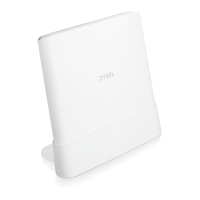
